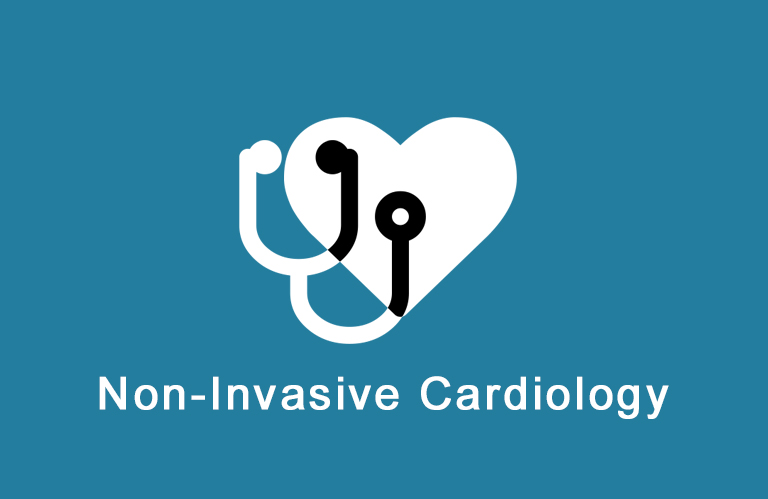Pulmonary Hypertension Clinic in Chennai

Pulmonary Hypertension:
The heart works as two pumps connected in series to maintain the continuous flow of blood for sustenance. The right side pumps blood through the lungs for it to get oxygenated. The left side receives this blood from the lungs and pumps the oxygenated blood throughout the body for nourishment. The pressure of the blood pumped by the left side of the heart is called systemic blood pressure. It can be easily measured in the home or office using a cuff and an elevated pressure in this system is called Hypertension, a common ailment. However, an elevated pressure of blood flowing from the right side through the lungs is called Pulmonary Hypertension.
Causes of Pulmonary Hypertension:
It can be caused by diseases of the heart, lungs, liver, HIV, Connective tissue disease, drugs, hereditary or in some cases the cause is never known. A thorough history, physical exam and a focussed work up can help to find the possible cause for Pulmonary Hypertension.
Pulmonary Arterial Hypertension (PAH)
A subset of patients with pulmonary hypertension have a progressive disease characterized by narrowing of the pulmonary arteries that carry blood from the right side of the heart to the lungs. This results in progressive increase in the strain on the right side of the heart resulting in symptoms of heart and lung failure.
Symptoms of Pulmonary Hypertension:
The early symptoms are breathing difficulty and fatigue. Once the disease is more advanced then symptoms such as syncope, chest pain, low oxygen, leg swelling and abdominal distention predominate. In the early stages the symptoms are often mild and hence pulmonary arterial hypertension is usually diagnosed more than 2 years after symptom onset. As a result diagnosis is often made in advanced stage.
Diagnosis of Pulmonary Arterial Hypertension:
PAH is a complex disease to diagnose and manage. Current guidelines suggest a referral to an expert centre for care delivery. The diagnosis of pulmonary hypertension will be made using echocardiogram, cardiac catheterization or cardiac MRI. The steps involved in the evaluation of a patient with pulmonary hypertension includes –
- Proper and early diagnosis
- Identify the cause
- Assess the severity of the disease
- Quantify the stress on the right heart
- Estimate the prognosis
Treatment of Pulmonary Hypertension:
The treatment of pulmonary hypertension depends on the underlying cause. It includes medications that keep your blood vessels in the lungs open, manage the right heart failure, blood thinners, water pills and oxygen. In select patients surgical treatment is feasible and it can potentially be a cure. In patients with advanced disease the only treatment is Lung transplantation. The patients with PAH undergoing lung transplant can expect to have a 10- year post transplant survival rates of 60%.
Services for Management of Pulmonary Hypertension
- Medical consultation
- Surgical consultation
- Right ventricular echocardiogram
- Right heart catheterization
- Pulmonary function testing
- Ventilation – Perfusion scan
- Cardiac MRI
- Pulmonary thromboendarterectomy
- Heart and Lung Transplantation
- Aquilion One Prism 640-slice CT Scan
- Pulmonary Hypertension Clinic
- Electrocardiography (ECG or EKG)
- Cardiac biomarkers
- Echocardiography
- Transthoracic (TTE) Echocardiography
- Transesophageal echocardiogram
- Stress echocardiography
- Treadmill test
- Holter monitor (or ambulatory electrocardiography device)
- Head up Tilt table test
- Defibrillation
- CT Angiogram
- Cardiovascular magnetic resonance imaging (Cardiac MRI)




